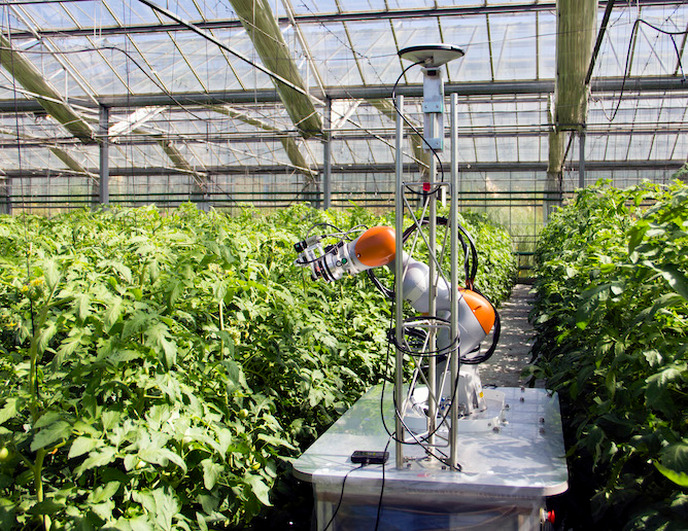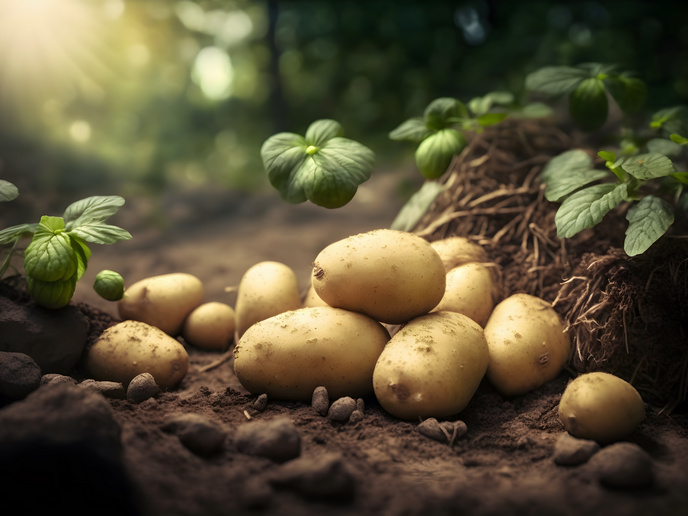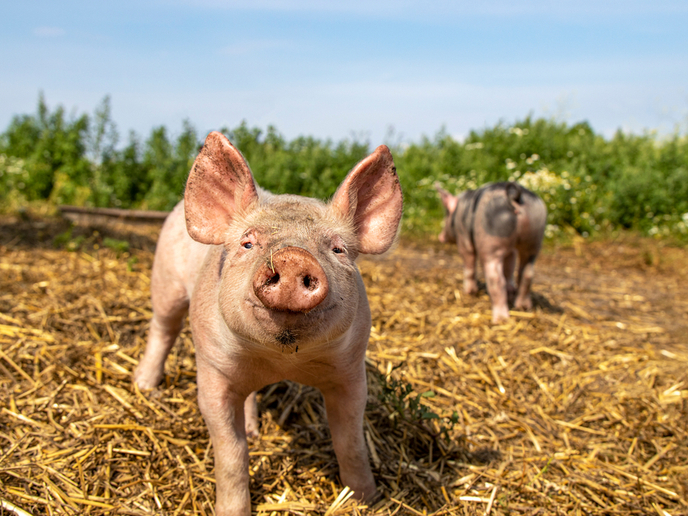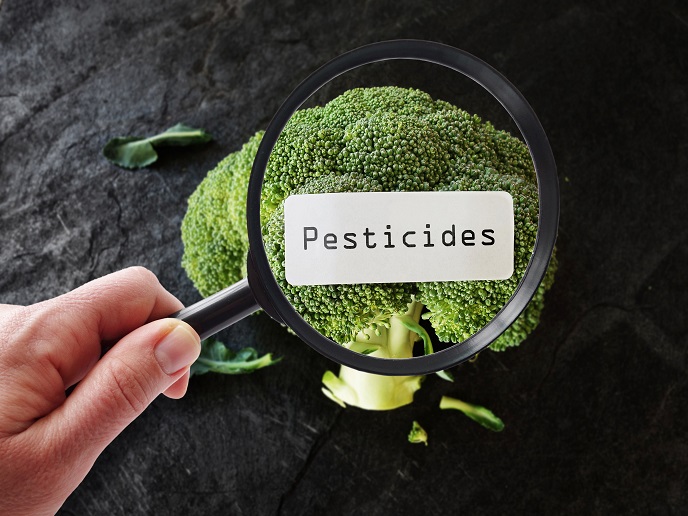Pest control with help from space
Farmland has been on the decline in Europe for years, due to growing urbanisation. The move to protect and increase forest areas has also had an impact, making greenhouse farming more relevant than ever. While greenhouses enable farmers to produce more with less, their warm and moist conditions also allow for infestations to spread rapidly: pests and diseases cause around 15 % of losses for an average greenhouse in the EU. The EU-funded GREENPATROL project has designed a solution that could help farmers tackle this issue while minimising the use of chemical insecticides. It uses Galileo, Europe’s Global Navigation Satellite System (GNSS), to guide a robot inside the greenhouse which can autonomously detect pests, apply treatments and monitor infestations.
Eye in the sky
“The solution is a tool for precision farming, where GNSS technology is a key enabler. Using the satellite system’s precise positioning algorithms and combining this data with information from on-board sensors, GREENPATROL is able to position itself inside the greenhouse with an accuracy of within 20 cm,” explains Raúl Arnau Prieto, project manager at the Technological Centre CTC and GREENPATROL project coordinator. Precision farming aims to increase productivity while reducing waste and hazards by observing and monitoring crops and collecting data on plant health with the help of satellite navigation. “Greenhouse structures can make satellite signals difficult to track. The Galileo wideband signal offers significant advantages in this type of environment, greatly improving the performance inside the greenhouse,” says Michael Pattinson, engineering manager and project manager for GREENPATROL at GMV NSL.
Smart decision-making
The robot is equipped with artificial intelligence to carry out a broad range of tasks without human intervention. “GREENPATROL is capable of scouting the greenhouse looking for pests. It detects them and identifies the most harmful species using a deep learning vision system. The system then maintains a model of what has been detected and the evolution of the impact of the pest in the crop field,” Arnau Prieto explains. In addition to its automated features, the solution could be instrumental in supporting decision-making for integrated pest management strategies, which combine a number of techniques to minimise risks to people and the environment: “The system provides detailed information to human operators on which regions to inspect and which pesticides to apply where.”
Strategic value
GREENPATROL could play a strategic role in reducing the burden of pest control. “Such an interconnected system could ultimately map all diseases affecting crops in a particular region and thus enable us to fight pests more effectively while significantly reducing the amount of pesticides used,” notes Dalibor Húska, leading researcher for Integrated Pest Management Strategy at Mendel University, in Brno. Having delivered a fully functional prototype, the project team is currently working to bring their product to the market. The exploitation plan demonstrates that the robot’s industrial production could deliver profits within 3 years. While the system has been initially focused on tomato plants as a high value vegetable for the EU, the solution can easily be adapted to other types of crops. To further extend and improve the robot’s capabilities, the team has submitted a new project proposal that aims to make the system fit for the next generation of insecticides using nanoparticles.
Keywords
GREENPATROL, pest management, robotics, Galileo, GNSS, artificial intelligence, precision farming, greenhouses, crops







